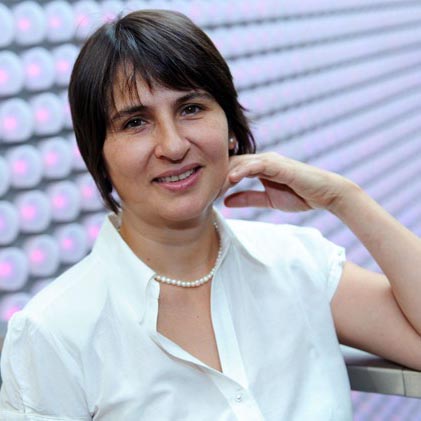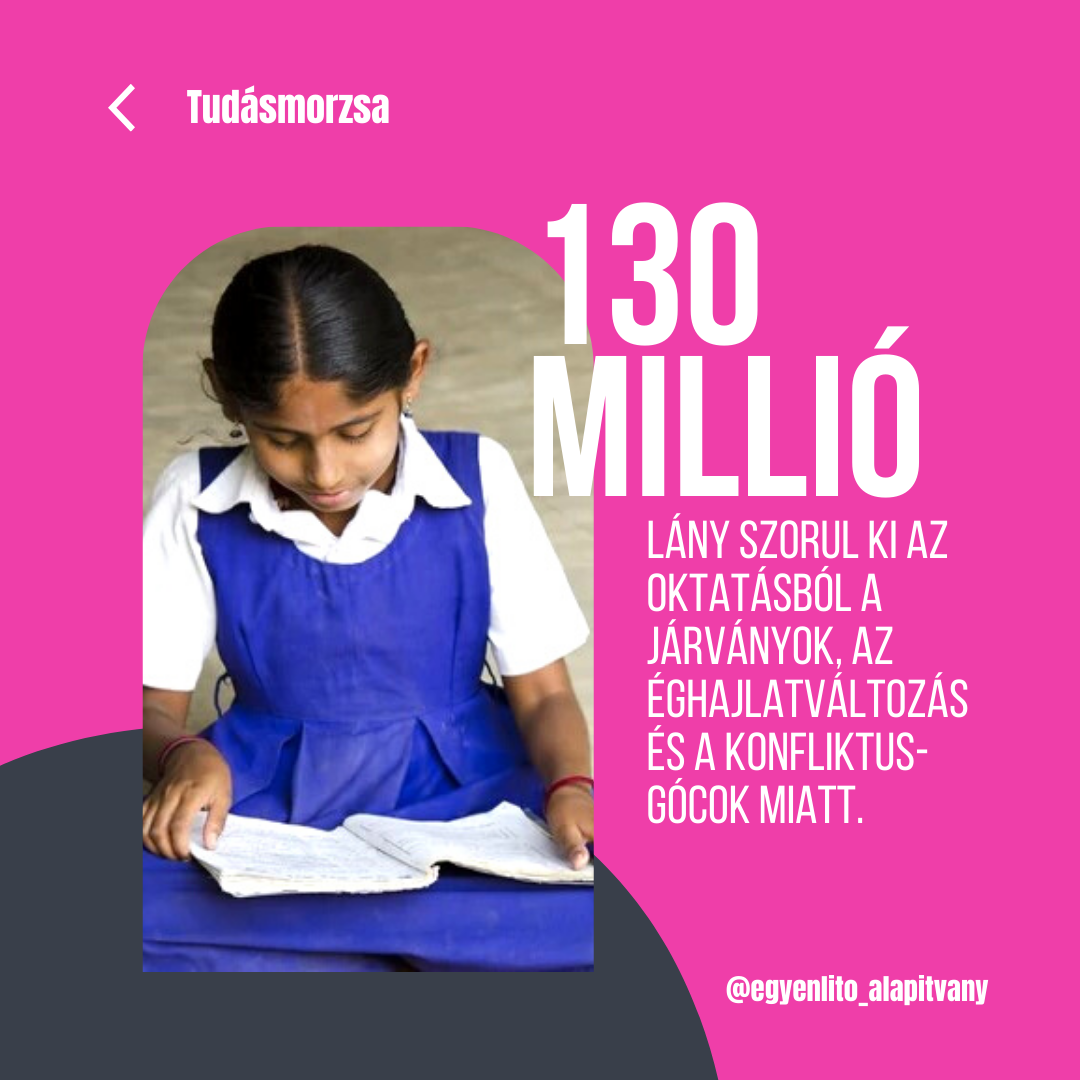Gender equality has been among the UN’s top five Sustainable Development Goals (SDGs) since 2015. In the European union equal pay for equal work was introduced decades before in the Treaty of Rome in 1957. Despite the ongoing efforts from the United Nations, European Commission, and the European Parliament to encourage and enforce gender equality, the gap remains very wide, and progress is being made very slowly. In the European Union, the gender wage gap has only decreased 1.7 percentage points from 2010 to 2019. While consensus has been reached among experts on the existence of gender wage gap, the measurement and quantification of the statistics are an area of contention.
The controversy surrounding wage gap is partially owing to the fact that data sources and how they are measured can affect the exact figure. For example, according to the European Commission women’s average hourly income in 2018 was 14.1% lower than men. However, the same report states that when average annual income is considered the gap is over 36%. One reason for this is that on average women spend fewer hours in paid work than men. On the one hand, while only 8% of men in the EU in 2019 worked part-time, almost a third of women across the EU (30.7 %) did so. On the other hand, while women work fewer hours at their paid jobs, the total hours they spend working paid and unpaid work exceeds that of men by 9 hours per week. Moreover, even the hourly wage gap is not consistent across positions. The statistics show that not only do women occupy less than 10% of the CEO positions at top companies, but also those who do reach those positions are at the greatest disadvantage earning 23% less than their male counterparts per hour.
To quantify the imbalance in pay between genders Eurostat presents the average gross hourly income of women as a percentage of average gross hourly income of men. The so-called “unadjusted gender pay gap indicator” does not take qualification, experience, sector, age, or hours into consideration in order to provide a concept broader than equal pay for equal work. Conversely, OECD uses the median (the number in the middle) instead of the average as an indicator.
The wage gap also varies greatly across the European Union. In 2019 the highest wage gap was 21.7% in Estonia and the lowest was 1.3% in Luxemburg. However, the confusion surrounding the statistics is further fuelled when it comes to misinterpretation of these figures. According to the European Parliament, lower pay gap is not necessarily a result of higher equality. On the contrary, lower wage gap in a certain country might be due to women’s lower participation in the labour force. Correspondingly, higher wage gap can be a result of more women working part-time jobs.
The discrepancy in income is not only due to women working fewer hours. Even today, female dominated jobs are generally less lucrative than male dominated ones. According to Eurostat, female dominated careers are cleaners (84%), office clerks (80%), health technicians (78%), and teachers (71%) while men dominate high paying occupations such as science and engineering technicians (83%) and science and engineering professionals (74%). One can argue that the wage gap could be bridged if only women would stop choosing traditionally female dominated industries. However, this argument is not valid because women are brought up to embody the sorts of traits that lead to jobs centered on nursing, service, and supporting others.
Gender wage gap should not be viewed as an isolated matter. It should be considered that many women work most of their lives without being able to shatter the glass ceiling. Across the globe only 28.2% of managerial positions are occupied by women. Additionally, in some occupations, such as business and law, working fewer hours disproportionately decreases income. One can argue that because of these factors the median of gender wage gap would show a higher difference as well as highlighting the role of discrimination, glass ceiling, and inequal distribution of household responsibilities.
Introducing the lead article’s contributor
Farhad Movahedi is an MSc graduate in Strategic International Management from International Business School (IBS). His previous experience has been in sales and supply chain management.
Driven by his passion for equality and inclusion he has joined the Equaliser Foundation team. He is a result oriented, quick learner, and team player with a keen interest in employee development and recruitment. He is motivated by finding creative ways to solve complex problems. He is reachable at Linkedin or by email.





